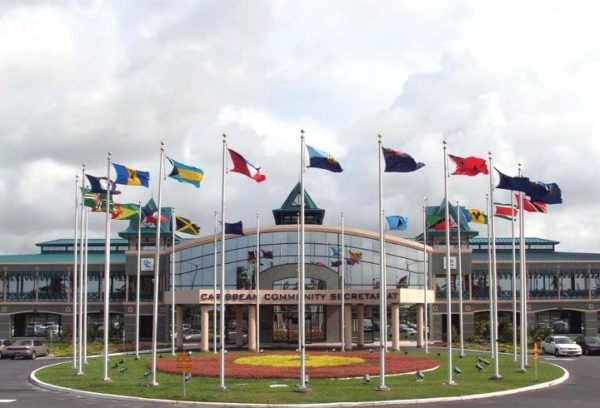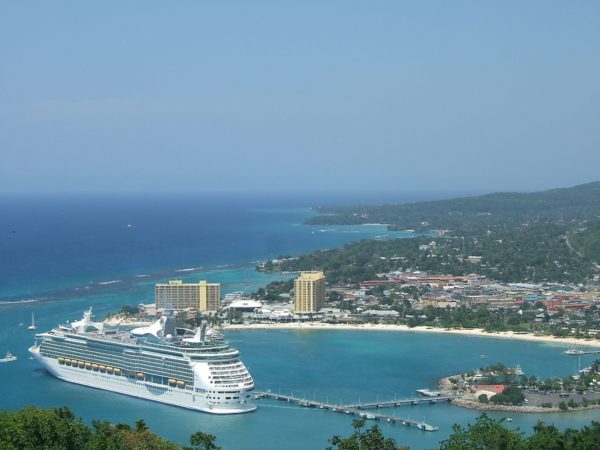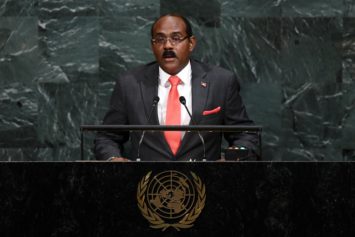The World Bank released its 2014 World Development Report, which includes the wealth of the Caribbean. The information is data of its main criterion for classifying economies, the gross national income (GNI) per capita.
The GNI per capita is the gross national income of a country divided by its total population. It is also the sum of value added by all resident producers, plus any product taxes (less subsidies) not included in the valuation of output, plus net receipts of primary income (compensation of employees and property income) from abroad.
Here are the rankings of the top 10 countries in the Caribbean, based on GNI.
10. Jamaica $5,140 (GNI)Jamaica has a mixed economy with both state enterprises and private sector businesses. Major sectors of the Jamaican economy include agriculture, mining, manufacturing, tourism, and financial and insurance services. Tourism and mining are the leading earners of foreign exchange. Half of the Jamaican economy is generated by income coming from services such as tourism. An estimated 1.3 million foreign tourists visit Jamaica every year.




